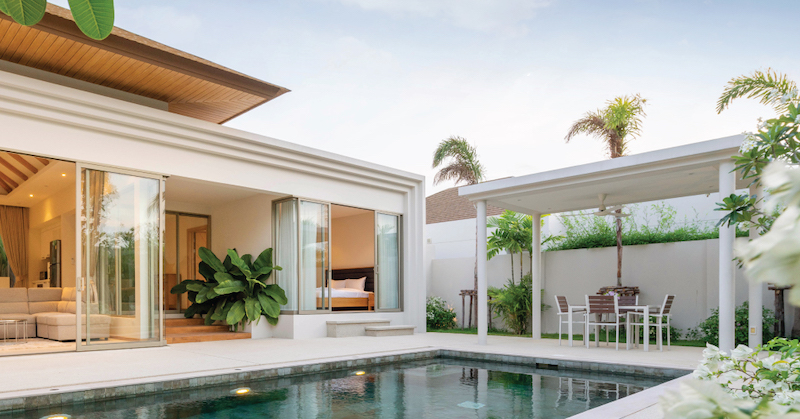29th June 2022
Post outbreak of COVID-19, interest in vacation homes/ second homes and resort development has sharply increased across different parts of the country. There are two reasons: flexibility in work locations and affordability of the target segment. It is a settled debate now we will live in hybrid work culture and people would be offered flexiblity at least for few days in a week to operate from location of their choice.
In this article we will examine different types of available shared ownership models in vacation homes. In India, only few models have seen traction whereas many of the models are untested. But in next 5 years, this space will witness high traction and developers would test different available shared ownership models to finance their projects.
Shared ownerships models for vacation homes addresses two major concerns of aspirants of vacation homes: high real estate prices and maintenance hassles. There are multiple types of shared ownership including timeshare, fractional ownership, and managed residences. In global market there are more evolved models namely private residence clubs and destination clubs also exists, but India may take few more years for these types of ownerships.
Timeshares, are a way to buy the right to use a vacation property for a specific amount of time. Timeshare does not provide true property ownership and no gained equity. In most cases, buying a timeshare means paying for week-long access to a condo, apartment, or resort room for a certain period (10 to 25 years). The buyers need to pay upfront unit price, plus yearly maintenance fees, which often increase over time. While upfront costs are relatively low when compared to owning a whole second home but has hefty increasing annual maintenance fees and available for specified time period.
Fractional real estate ownership is a method of purchasing an ownership interest in a property with others so costs can be shared. Fractional ownership is most often seen in condo and resort communities, and while a traditional timeshare limits access to the property to one to two weeks per year, fractional ownership can allow access to the home for five weeks or more per year, depending on the number of owners per unit. Most fractional ownership properties limit ownership to 6–14 parties per unit. Each fractional owner holds an equal part of the real estate title. Because these units have fewer owners, fractional owners often have more of a say in decisions regarding property maintenance and upkeep, and many fractional properties also offer onsite storage for owners.
Therefore, positives of fractional ownership are deeded ownership, and fewer owners. Negatives of this model are higher price compared with timeshares, hefty annual fees, and challenges during resale (secondary market yet to evolve).
In this model the buyers invest in a unit (villa or condominiums) managed by a reputed hospitality chain. It is a usage and investment product; the unit is leased back to the developer (asset manager) for the time it is not occupied by the owner. In this scenario, owners receive the rent for his/her unit mostly on a revenue sharing (or, fixed) basis from the developer. This model offers deed ownership, gain equity whereas on account of income for unoccupied period, owner’s liability is reduced from maintenance charges.
There are three parties involved in this model, residence owner, developer (asset manager) and operator. Relationship between residence owner and developer is established through sales contract, owner’s association document, rental, and administrative services. Relationship between developer and operators is governed by management contract and community services. And operator is obliged to provide hotel services to the residence owners.
There are other types of vacation ownership including Private residence club and destination club available in global markets. However, India is still not ready for these models. Further increase in affordability and market size will attract these types of ownership probably in next 5 to 10 years in India.
India is poised to witness implementation of all three models in hospitality and second home business across gateway and weekend locations for Tier 1 cities of India. In last 2 decades, players including Mahindra Holiday Homes and Sterling Resorts have successfully implemented timeshare model across different properties in India. Now, new players have started implementing fractional ownership models for luxury properties at gateway locations like Goa and others. We expect Branded Residence model will witness highest growth considering flexibility and leverage capability of the product. This model is idle for existing resort owners to add more inventory in their property without infusing additional capital and making the operation more efficient.
Meraqi’s team advises property owners for conducting vacation homes feasibility studies, pricing discovery, framing co-ownership models, selection of operators and other allied services to operationalize vacation (second) homes business across different parts of the country.

